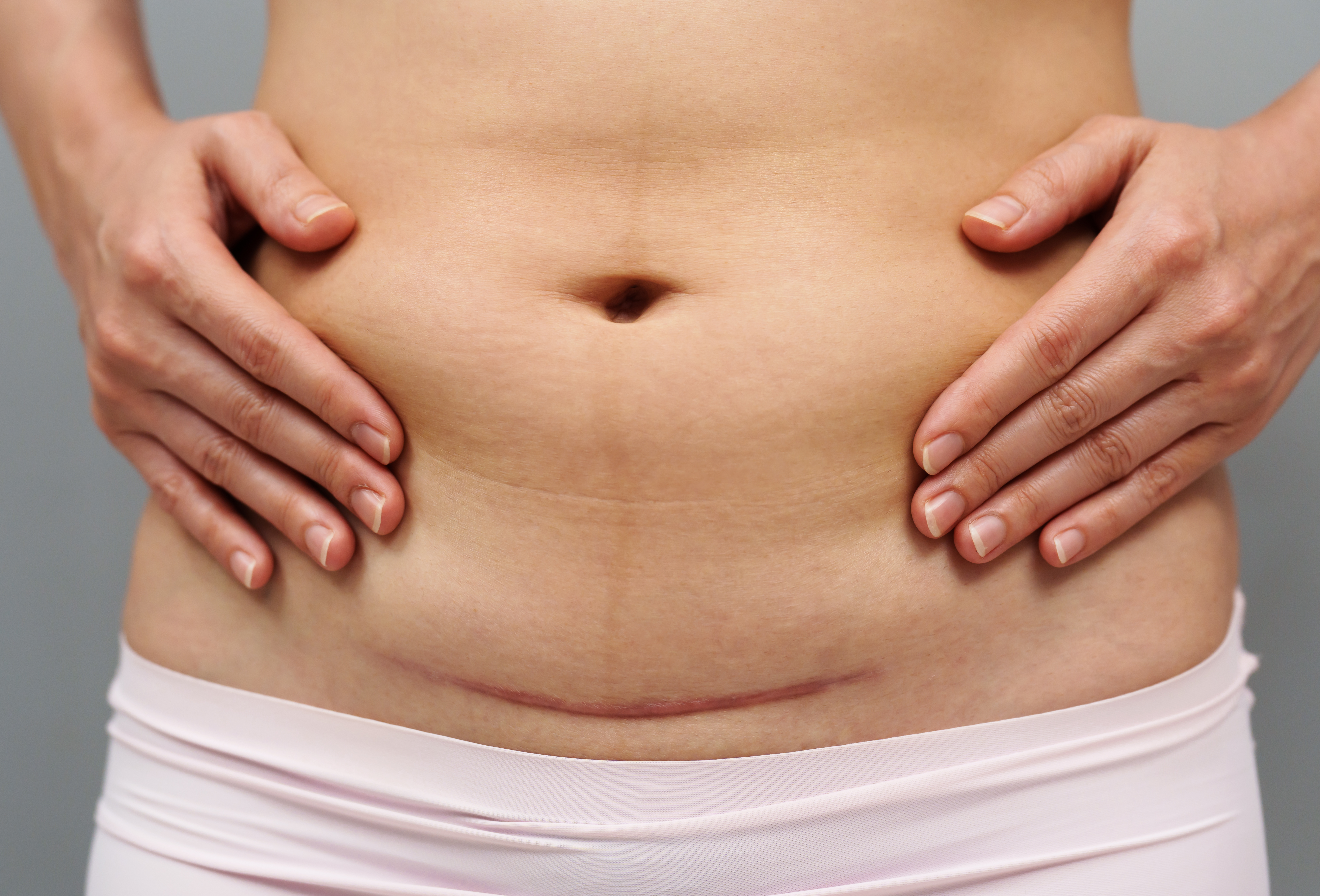Scarring is a natural part of the body’s healing process. It happens when the skin or tissue has been damaged, and the body creates new tissue to replace it. Scarring can occur after injuries, surgeries, or medical conditions like acne or chickenpox. Scars can be unsightly and can affect a person’s self-esteem. Fortunately, there are several treatment options available that can significantly improve the appearance of scars. In this blog post, we will discuss why scarring occurs and different treatment options for scarring.
Why Does Scarring Occur?
When the skin or tissue is damaged, the body produces collagen to repair the damage. Collagen is a protein that gives the skin its structure and elasticity. However, the new collagen fibers that form during the healing process are not arranged in the same way as the original skin. This is why scars look different from regular skin. Factors such as genetics, age, and skin color can also affect how scars form.
Types of Scarring
There are many types of scars, including:
- Keloid scars: Thick, raised scars that extend beyond the original injury site. They are more common in individuals with darker skin.
- Hypertrophic scars: Thick, raised scars that stay within the original injury site. They are typically reddish and less severe than keloid scars.
- Atrophic scars: Depressed scars that result when the skin does not generate enough collagen after an injury. They are commonly seen in acne scars.
- Contracture scars: Tightening of the skin and tissues that can occur after burns or injuries that cause skin loss.
Treatments for Scars
There are various treatments available that can help reduce the appearance of scars. These include:
- Topical treatments: Creams, gels, and silicone sheets that can be applied directly to the scar. These can soften and flatten the scar and improve its color and texture.
- Injectables: Steroid injections can help reduce the size and thickness of hypertrophic and keloid scars.
- Laser therapy: High-energy light can be used to remove the top layer of skin and stimulate new collagen growth. This can improve the appearance of scars and correct uneven pigmentation.
- Surgery: In cases of severe scarring, surgery may be necessary to remove the scar tissue and close the wound. This may be followed by a skin graft or flap to cover the area.
Preventing Scarring
While it’s impossible to prevent scarring entirely, there are steps you can take to minimize scarring:
- Follow proper wound care: Keep the wound clean and moist to promote healing and reduce scarring.
- Protect the wound: Cover the wound with a bandage or dressing to minimize trauma and exposure.
- Avoid sun exposure: Sun exposure can make scars more noticeable, so protect the scarred area with clothing or sunscreen.
- Don’t pick or scratch: Picking at a scab can result in a larger and more prominent scar.
Scars can be frustrating and affect a person’s self-esteem, but it’s important to remember that they are a natural part of the body’s healing process. While it’s impossible to prevent scarring entirely, there are treatments available that can significantly improve the appearance of scars. It’s important to consult with a dermatologist or plastic surgeon to find the best treatment for your individual needs. With proper wound care and some helpful prevention tips, you can reduce scarring and gain confidence in your appearance.
services
Morpheus
Morpheus effectively reduces scarring by utilizing advanced fractional resurfacing technology, promoting skin regeneration and improving skin texture for a smoother, clearer complexion.
